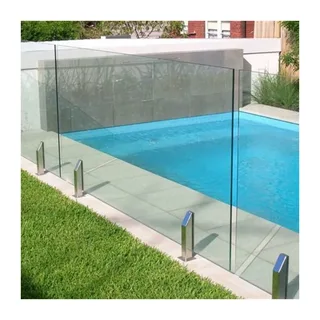When it comes to ensuring the safety of swimming pools, understanding pool fence height requirements is crucial. These regulations are designed to prevent accidents, especially involving young children, by creating a physical barrier that reduces the risk of accidental drowning. In this article, we will break down the essential details surrounding pool fence height requirements and why they matter.
Why Are Pool Fence Height Requirements Important?
Swimming pools are a popular feature in many homes, but they also pose significant safety risks. To minimize the chance of accidental falls or unsupervised access by children, local laws often mandate specific fence heights and construction standards. By adhering to these requirements, homeowners can enhance pool safety and comply with legal obligations.
Standard Pool Fence Height Requirements
Most jurisdictions have clear guidelines on the minimum height a pool fence must meet. Typically, the pool fence height requirements call for a fence that is at least 4 feet (48 inches) tall. Some regions may require a height of 5 feet or more, depending on local safety codes.
The fence should be designed to prevent children from climbing over or squeezing through. This means that the spacing between fence slats or bars must be narrow enough to keep small children out, and gates should have self-closing and self-latching mechanisms positioned out of a child’s reach.
Variations by Location
It’s important to note that pool fence height requirements can vary significantly from one place to another. Some states or municipalities may have stricter rules based on local accident statistics or climate considerations. For example, areas with a high concentration of families with young children might enforce higher fences or additional safety features.
Before installing a pool fence, always check with your local building department or pool safety authority to ensure compliance with current regulations.
Additional Safety Measures Beyond Fence Height
While fence height is a critical factor, other safety features also contribute to a secure pool area. These include:
- Self-closing and self-latching gates: Prevent unauthorized or accidental entry.
- Non-climbable fence design: Avoid horizontal bars or footholds that children could use to climb.
- Alarm systems: Pool alarms or gate alarms can provide an extra layer of protection.
Conclusion
Understanding pool fence height requirements is essential for every pool owner committed to safety and compliance. By installing a fence that meets or exceeds these standards, you create a safer environment for children and reduce the risk of tragic accidents. Always consult local regulations before installation to ensure your pool fence is both effective and legal.


